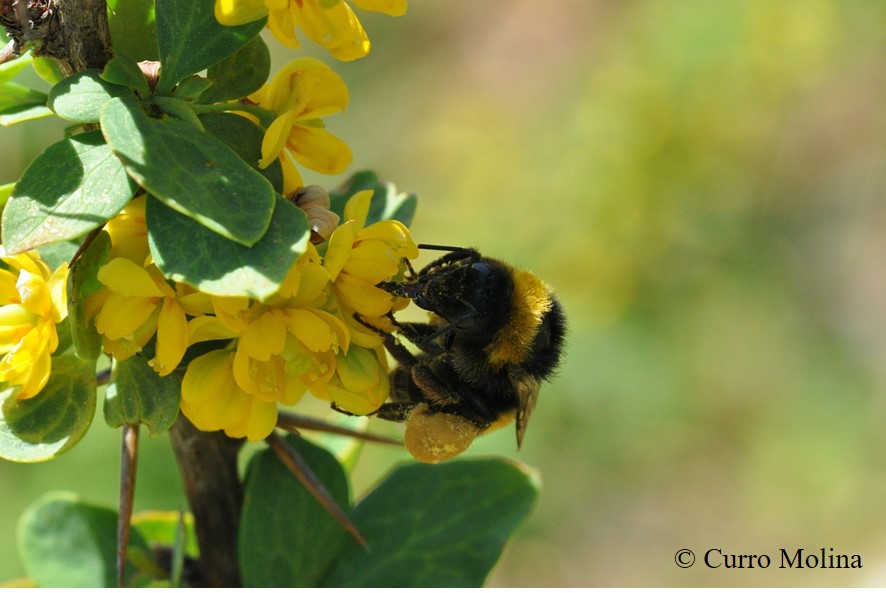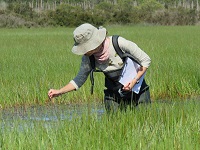The decline in bee populations has recently attracted much attention from researchers, conservationists and the general public, with insect-mediated pollination being a key process for terrestrial ecosystems as well as for crop production. The conclusions of different studies suggest that this decline is the result of pressures from different drivers of global change such as habitat destruction, pesticide use and climate warming. However, there is increasing evidence that these pressures do not act in isolation, and may have complex interactive effects beyond the sum of their individual effects. The interactive effect on bumblebee colonies of three of these global change pressures was explored: climate change, exposure to pesticides, and landscape transformation, through a series of field experiments that simulate these global change drivers independently and in combination. In this work, the joint effect of these stressors on the reproductive capacity of the colonies is analysed. The results show that bumblebees have larger reproductive success at high temperatures, but only when there are abundant floral resources. In addition, exposure to pesticides was observed to produce a decrease in the number of males. Furthermore, the size of both queens and workers increased at high temperatures but the size of queens decreased with increased floral resources. Interestingly, bumblebees increased the investment in wax and silk used to protect queen cocoons from high temperatures, and need to actively ventilate the colonies using workers that fan their wings at the colony entrance. These two mechanisms may cushion the negative impacts of high temperatures by either better insulating the colony or reducing heat excess. However, these kinds of responses may be only affordable when resources are not limiting. This experiment suggests that the interaction between different stressors may not be additive and that the mechanisms to cushion some of the impacts may not be enough when multiple stressors act simultaneously. informacion[at]ebd.csic.es: Zaragoza-Trella et al (2020) Interactions among global change pressures act in a non-additive way on bumblebee individuals and colonies. Functional Ecol DOI 10.1111/1365-2435.13703
https://besjournals.onlinelibrary.wiley.com/doi/full/10.1111/1365-2435.13703


 La Fundación Jaime González-Gordon ofrece cuatro becas para el desarrollo de Trabajos de Fin de Máster sobre Doñana
La Fundación Jaime González-Gordon ofrece cuatro becas para el desarrollo de Trabajos de Fin de Máster sobre Doñana
